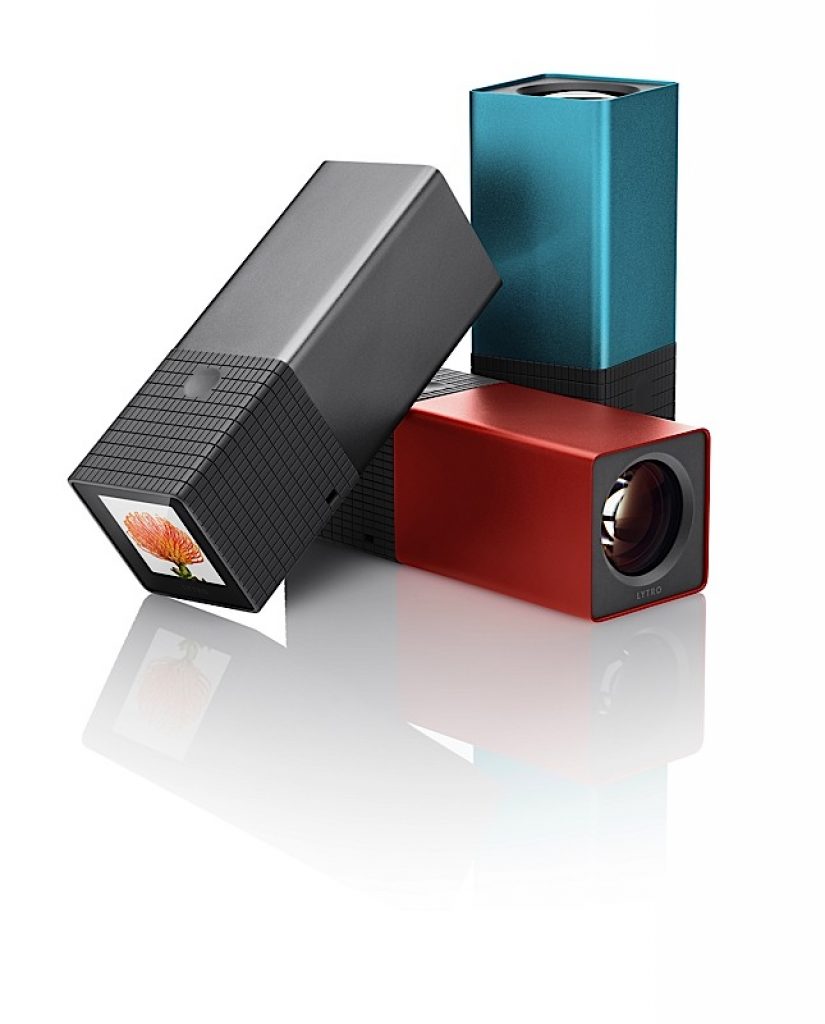I swear; when I wrote about Lytro's digital camera technology two nights ago, I had no idea that the company would unveil its cameras the very next day.
The Lytro will be in production early next year, and pre-orders are now available on the company website store (first come, first served). The $399 8GB model, which comes in graphite or blue, can hold 350 pictures. The electric red $499 16GB model stores up to 750 images. Each picture is an 11 "mega-ray" light field, befitting my earlier description:
Harnessing the micro-lens array shown in my article, Light Field captures both traditional light intensity and light ray direction by varying the angles of micro lenses above close-proximity pixels, Lytro's scheme trades off effective sensor resolution in capturing multiple stored copies of each pixel (therefore multiple image variants) at various focus points, which the camera owner can subsequently select among.
Presumably, therefore, the image sensor has an 11 Mpixel resolution capability, which is subdivided across the focus-point range (with effective resolution at any particular focus point that no company representative was seemingly willing (or able) to 'fess up to in a believable manner. I confess that I can't help but think of Foveon's (now Sigma's) X3 image sensor technology, which counts its resolution in terms of "photo sites", with three photo sites (photodiodes, one each for red, green and blue) for each physical pixel location.
The Lytro camera touts a f/2 fixed-aperture lens with 8x optical zoom capability. It includes only two buttons: one for the shutter and the other to toggle camera power. A slider along one side comprehends the optical zoom function. Lytro has even included a touchscreen display, which enables you to alter the focus of captured images right at the camera. And in a sign of the changing times, Mac OS X-tailored software is currently available to manage beta units, while Windows support is still being developed.
For more, see the following extensive coverage:
–Digital Photography Review (and more from that same source)
–Engadget (and more from that same source)
–Gizmodoo
–The Wall Street Journal (and more from that same source…and even more), and


